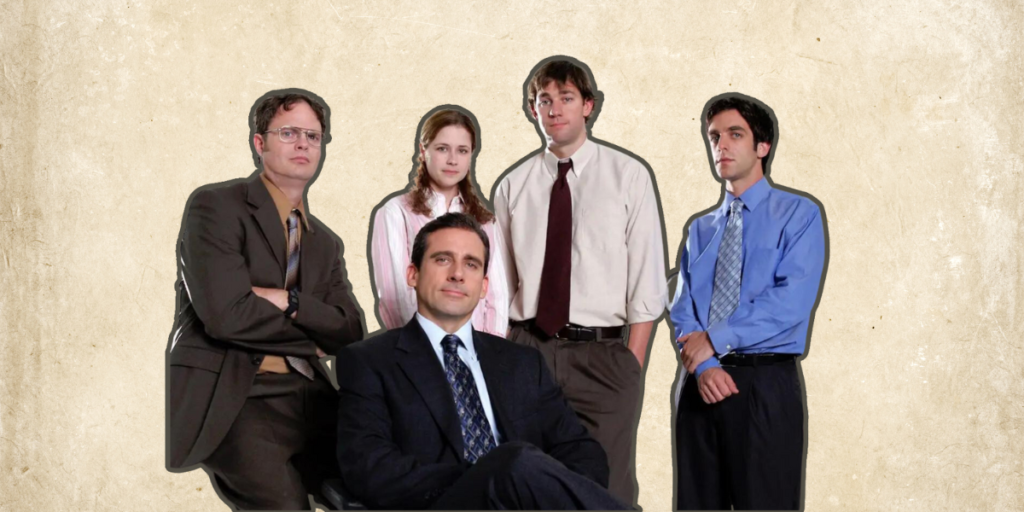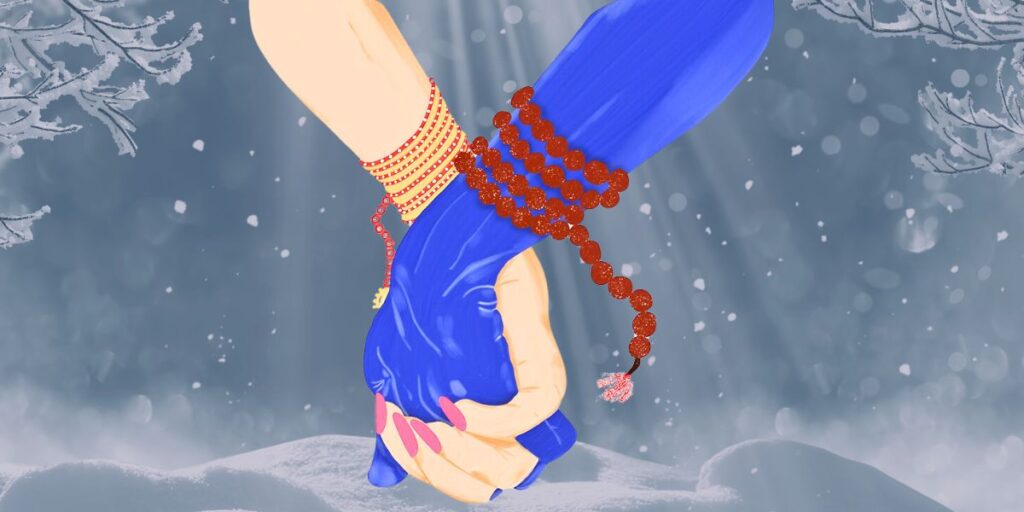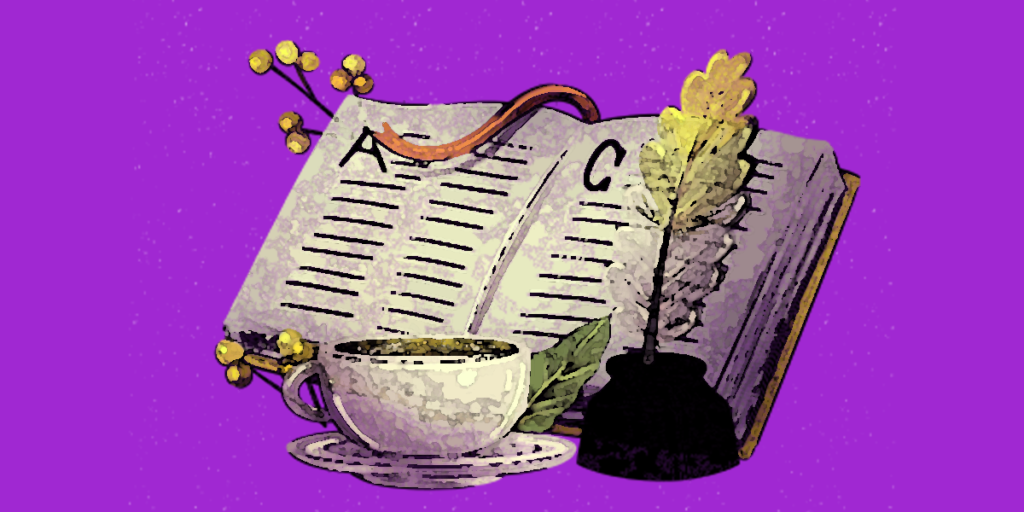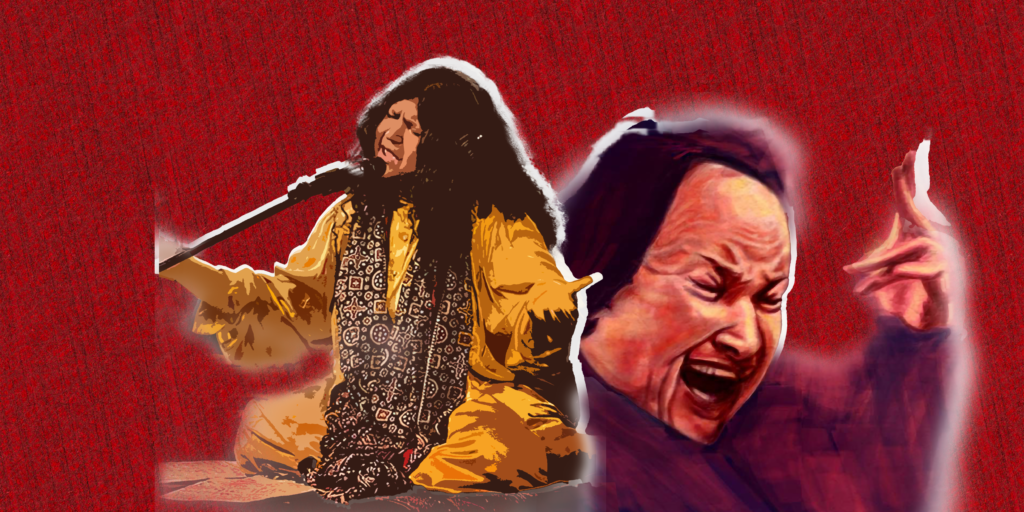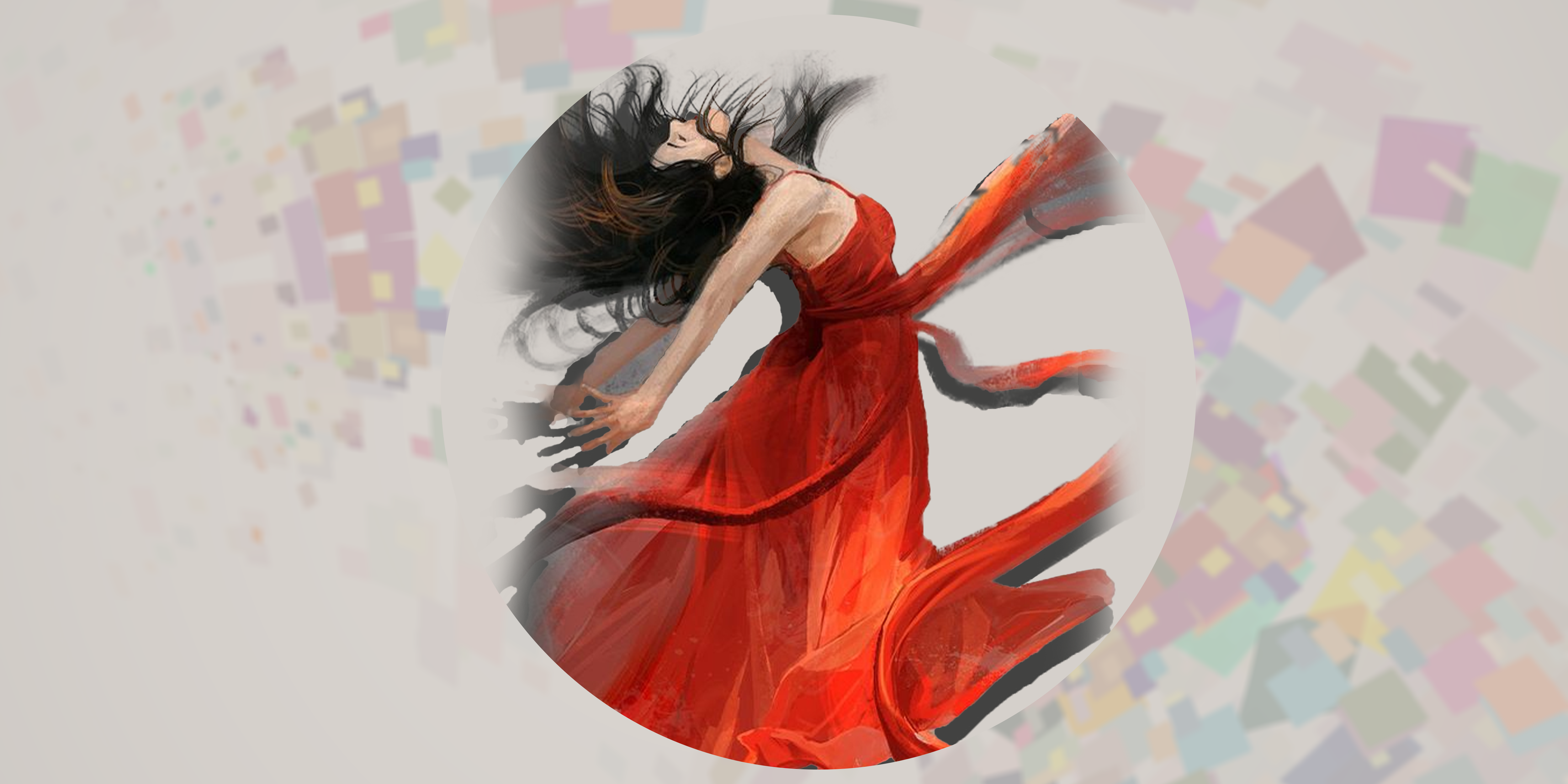
Dance is a hidden language of the soul. It is a perpendicular expression of a horizontal desire. It is much more than just grooving on the dance floors. Furthermore, it is an ultimate form of therapy which has been used for centuries. As time passed, dance has become an integral part of ceremonies and celebrations. The connection between dance and spirituality lies in the ability of the art form to facilitate a deeper connection to oneself, others, and the universe. It provides a means of self-expression that allows individuals to connect with their emotions.
The Connection between Dance and Spirituality

Since ancient times, dance has been an important aspect of religious and spiritual practices. Many cultures believe that dance is a way to connect with the divine and that through dance, one can access higher states of consciousness. Dance is seen as a form of worship in Hinduism and is used to honour various gods and goddesses. It is creating a sculpture visible only for a moment. The ecstatic dance of the whirling dervishes in Sufism is believed to be a way to connect with God, while in Christianity, dance is used as a form of worship in many churches.
Daily dance uplifts the soul to the spiritual realms. When we dance, we tap into something deeper within ourselves. Dance is an imagination brought into life. It is a prayer, a meditation, and an experience of the pure bliss of heaven on earth.
Dance provides the ultimate escapism. Momentarily, it is the most erratic way to escape from the harsh realities. It is a powerful cognitive tool encompassing all other art forms in one.
It is a versatile practice to strengthen our connection with the numinous. Furthermore, it is the way to bring raw energy into motion which doesn’t need to be verbalized.
Diverse Indian dance forms
India is a home to rich cultural heritage and is renowned for its diverse dance forms & Spirituality. The beauty of Indian traditional dance forms has always been unmatched. Dance has always played an integral part in Indian culture and is considered to be a form of expression and a means of communicating with divinity, Dance & Spirituality. Each dance form in India has its unique characteristics and is associated with a specific region, culture, and mythology.
Here are some of the diverse dance forms of India:
Bharatanatyam

An Indian classical dance form originated in Tamil Nadu, India. A well-choreographed, blend of expressions and hand gestures. The dance form is characterized by intricate footwork, hand gestures, and facial expressions. The dance foam is known for its graceful moments and storytelling aspect. Performed on Carnatic music, this is well-known for its grace, fluidity, precision and sculptural poses. Lastly, done by both men and women wearing heavy jewellery and makeup.
Kathak

One of the eight most popular classical dance styles known to have its origin from Uttar Pradesh, North India. Characterized by intricate footwork, precise rhythmic patterns, and graceful movements, it is performed by both men and women. Moreover, It is one of the most elegant art forms as this dance form revolves around its storytelling . Lastly, Kathak is heavily influenced by Mughal culture and is often performed to classical Indian music.
Kathakali

One of the main Indian dance genres. Known to have its roots in Kerala, the dancers typically dress up in red and white tones wearing bulky headgear and dramatic makeup.
Kuchipudi

It is a drama-based dance genre that originated in Andhra Pradesh, India. It is characterized by intricate footwork, hand gestures, and facial expressions. The dance form is known for its graceful movements and storytelling aspect, wherein all roles in dance drama are played by men. Kuchipudi is often performed to classical Indian music and is performed by both male and female dancers.
Manipuri raas leela

A classical dance form originated in Manipur, India. Typically done using themes from raas leela and Vaishnavism, its origins can be found in Natya Shastra. Characterized by fluid and graceful movements and is known for its use of beautiful costumes and props. Furthermore, male dancers typically wear a dhoti kurta whereas female performers wear a long stiff skirt with ornate embellishments.
Odissi

It is one of the pre-eminent dance forms that traces its origin from Odisha, India in the Hindu temples of Odisha’s Indian coast. Characterized by intricate footwork, hand gestures, and facial expressions. The dance-drama genre of performance art, where the artists and musicians play out a story. Lastly, Odissi often performs on Hindustani and Carnatic music and is performed by male and female dancers too.
Mohiniyattam
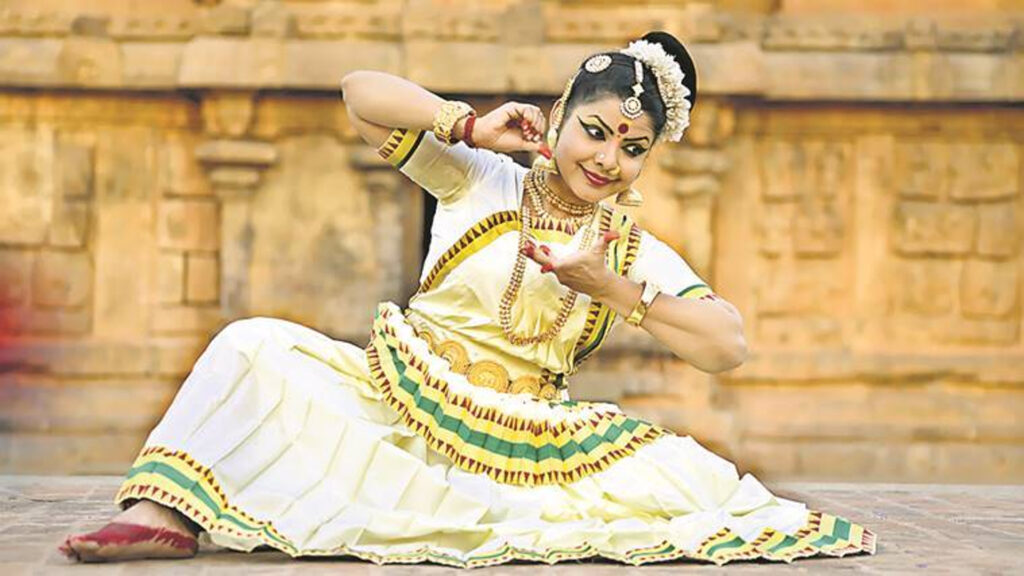
Firstly, referred to as mohini-attam, derived from “Mohini” – a divine enchantress and avatar of Hindu God Vishnu in Indian mythology, originated in Kerala, India. Known for its graceful moves, it is a solo recital by women. Musical accompaniment of this dance genre involves chollu. Lyrics are in Manipravalam language, which is a mixture of Sanskrit and Malayalam.
Bhangra

It is a traditional folk dance of Punjab, which is said to have originated in the Sialkot area of Punjab, India and is performed in the season of harvesting, especially associated with the festival of Vaisakhi. This typical dance form is executed by vigorous kicks, leaps and bounds of the body, often performed to the beat of dhol and on short songs called boliyan. An energetic dance form, Bhangra originated with Punjabi farmers as a part of cultural and communal celebrations.
Garba

It is a folk dance performed at festivals and on other special occasions in the state of Gujarat, India. Involve hand and foot movements in circular patterns and are characterized by a sweeping action side by side. In addition, both men and women often perform it during the festival of Navratri on traditional Gujarati music.
Conclusion
India is a land of a diverse range of dance forms reflecting the country’s rich cultural heritage. From classical dance forms like Bharatanatyam, Kathak, Kuchipudi, Manipuri, and Odissi to folk dance forms like Bhangra and Garba, each dance form in India has its unique characteristics and is done with a specific region and culture preserving India’s rich cultural heritage.
Dance and spirituality have been an integral part of humanity for centuries. It is the most basic and relevant of all forms of expression. It offers the most powerful means of expressing one’s innermost emotions and transcending the physical realm. The act of dancing provides an escape from the mundane world and allows a deeper connection to one’s spiritual self and a greater sense of inner peace.
For more such content stay tuned with ye bhi theek hai


